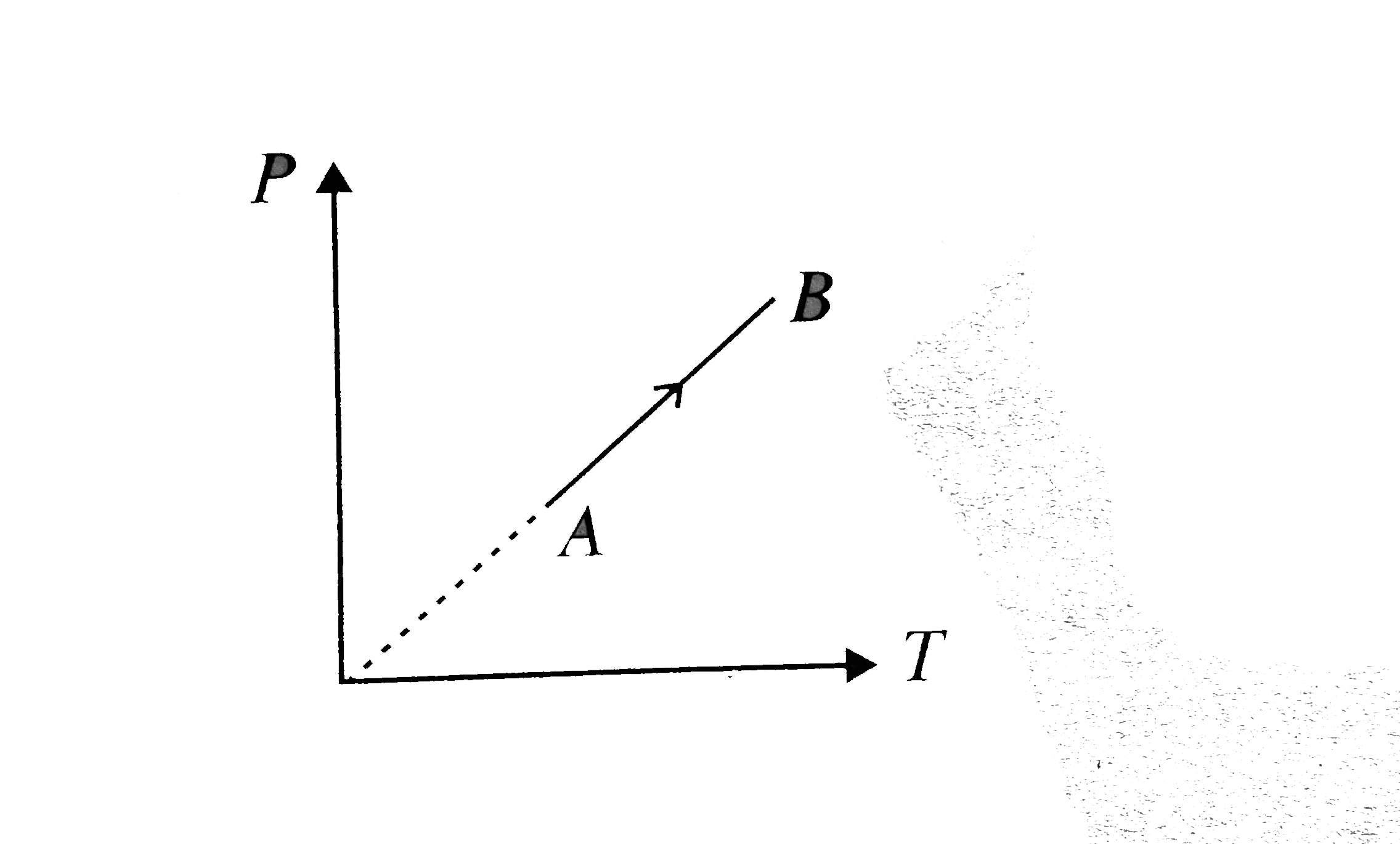In adiabatic process, the work involved during expansion or compression of an ideal gas is given by :
nCvΔT
nRγ−1(T2−T1)
−nRPext[T2P1−T1P2P1P2]
−2.303 RT log V2V1
The correct Answer is:A, B, C
To solve the problem regarding the work involved during the expansion or compression of an ideal gas in an adiabatic process, we will analyze both the reversible and irreversible cases.
1. Understand the Adiabatic Process:
In an adiabatic process, there is no heat exchange with the surroundings. Therefore, we have:
q=0
2. Apply the First Law of Thermodynamics:
The first law states:
ΔU=q+W
Since q=0, we can simplify this to:
ΔU=W
This means that the work done W is equal to the change in internal energy ΔU.
3. Relate Internal Energy to Temperature:
For an ideal gas, the change in internal energy can be expressed as:
ΔU=nCvΔT
where n is the number of moles, Cv is the molar heat capacity at constant volume, and ΔT is the change in temperature.
4. Work Done in Reversible Adiabatic Process:
For a reversible adiabatic process, we can express the work done as:
W=nCvΔT
This matches with the first option provided in the question.
5. Work Done in Irreversible Adiabatic Process:
For an irreversible adiabatic process, the work done can be expressed as:
W=−PextΔV
where Pext is the external pressure and ΔV is the change in volume.
6. Relate Volume Change to Temperature:
Using the ideal gas law PV=nRT, we can express the volumes at two different states:
V2=nRT2P2andV1=nRT1P1
Thus, the change in volume ΔV can be written as:
ΔV=V2−V1=nRP2T2−nRP1T1
7. Final Expression for Work Done:
Substituting ΔV into the work done expression for irreversible processes gives:
W=−Pext(nRP2T2−nRP1T1)
After simplification, this matches with the third option provided in the question.
Summary of Results:
- For reversible adiabatic processes:
W=nCvΔT
- For irreversible adiabatic processes:
W=−PextΔV
In an adiabatic process, there is no heat exchange with the surroundings. Therefore, we have:
q=0
The first law states:
ΔU=q+W
Since q=0, we can simplify this to:
ΔU=W
This means that the work done W is equal to the change in internal energy ΔU.
For an ideal gas, the change in internal energy can be expressed as:
ΔU=nCvΔT
where n is the number of moles, Cv is the molar heat capacity at constant volume, and ΔT is the change in temperature.
For a reversible adiabatic process, we can express the work done as:
W=nCvΔT
This matches with the first option provided in the question.
For an irreversible adiabatic process, the work done can be expressed as:
W=−PextΔV
where Pext is the external pressure and ΔV is the change in volume.
Using the ideal gas law PV=nRT, we can express the volumes at two different states:
V2=nRT2P2andV1=nRT1P1
Thus, the change in volume ΔV can be written as:
ΔV=V2−V1=nRP2T2−nRP1T1
Substituting ΔV into the work done expression for irreversible processes gives:
W=−Pext(nRP2T2−nRP1T1)
After simplification, this matches with the third option provided in the question.
- For reversible adiabatic processes:
W=nCvΔT
- For irreversible adiabatic processes:
W=−PextΔV
Topper's Solved these Questions
Similar Questions
Knowledge Check
- Question 1 - Select One
In an adiabatic expansion of an ideal gas -
A(a) W=−ΔUB(b) W=ΔUC(c) ΔU=0D(d) W=0 - Question 2 - Select One
The work done in adiabatic process is given by
AnR(T1)−T2γBnR(T1)−T2γ−1C(nR(T1)−T2)RDγ(T1)−T2Rn
Adiabatic expansion of an ideal gas is accompanied by
View SolutionFor the adiabatic expansion of an ideal as
View SolutionDuring an adiabatic reversibly expansion of an ideal gas
View SolutionFor a reversible adiabatic expansion of an ideal gas dp/p is equal to
View SolutionDerive an expression for the work done during adiabatic process.
View SolutionWork done during isothermal expansion of one mole of an ideal gas from 10 atm to 1atm at 300 k is
View Solution


